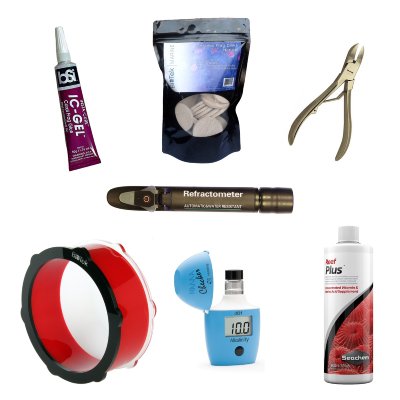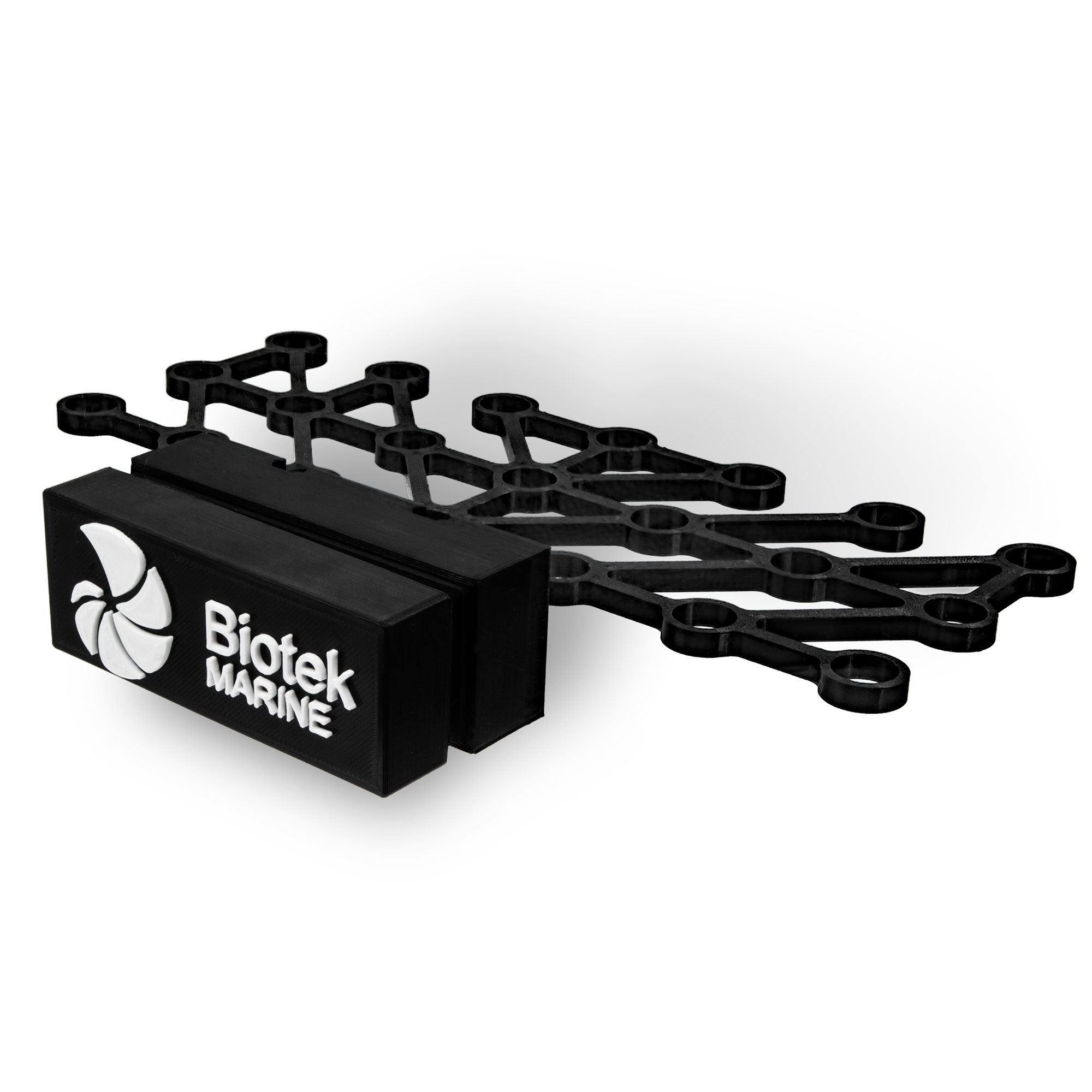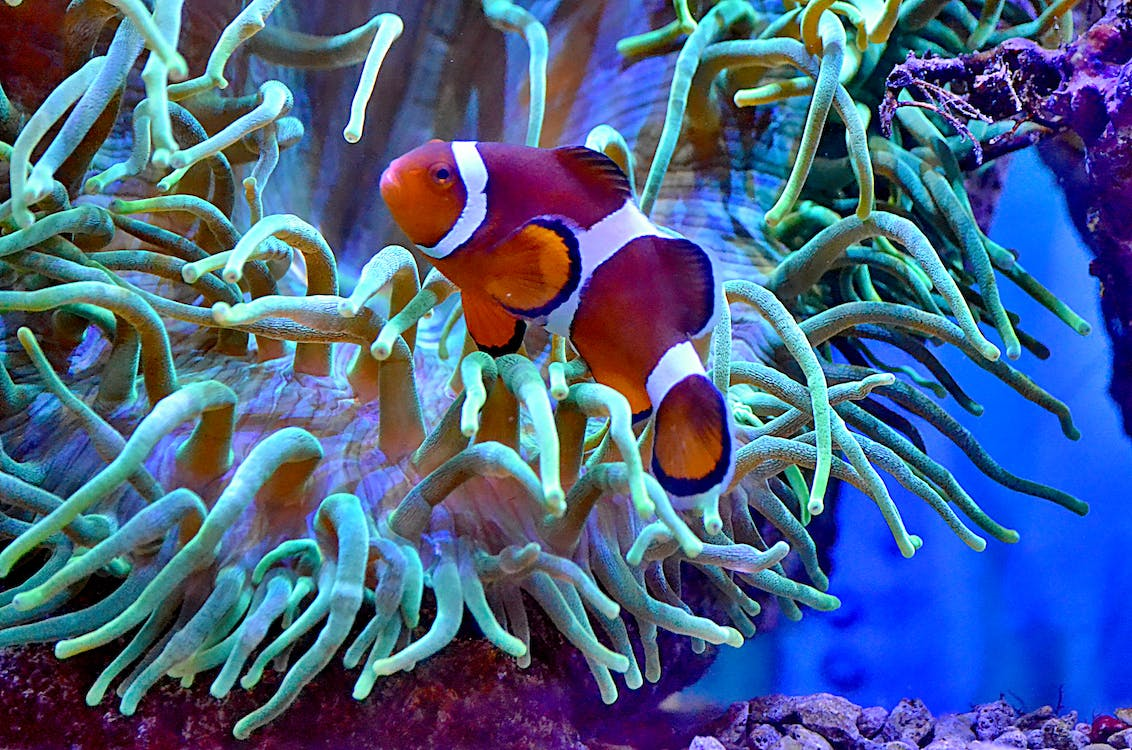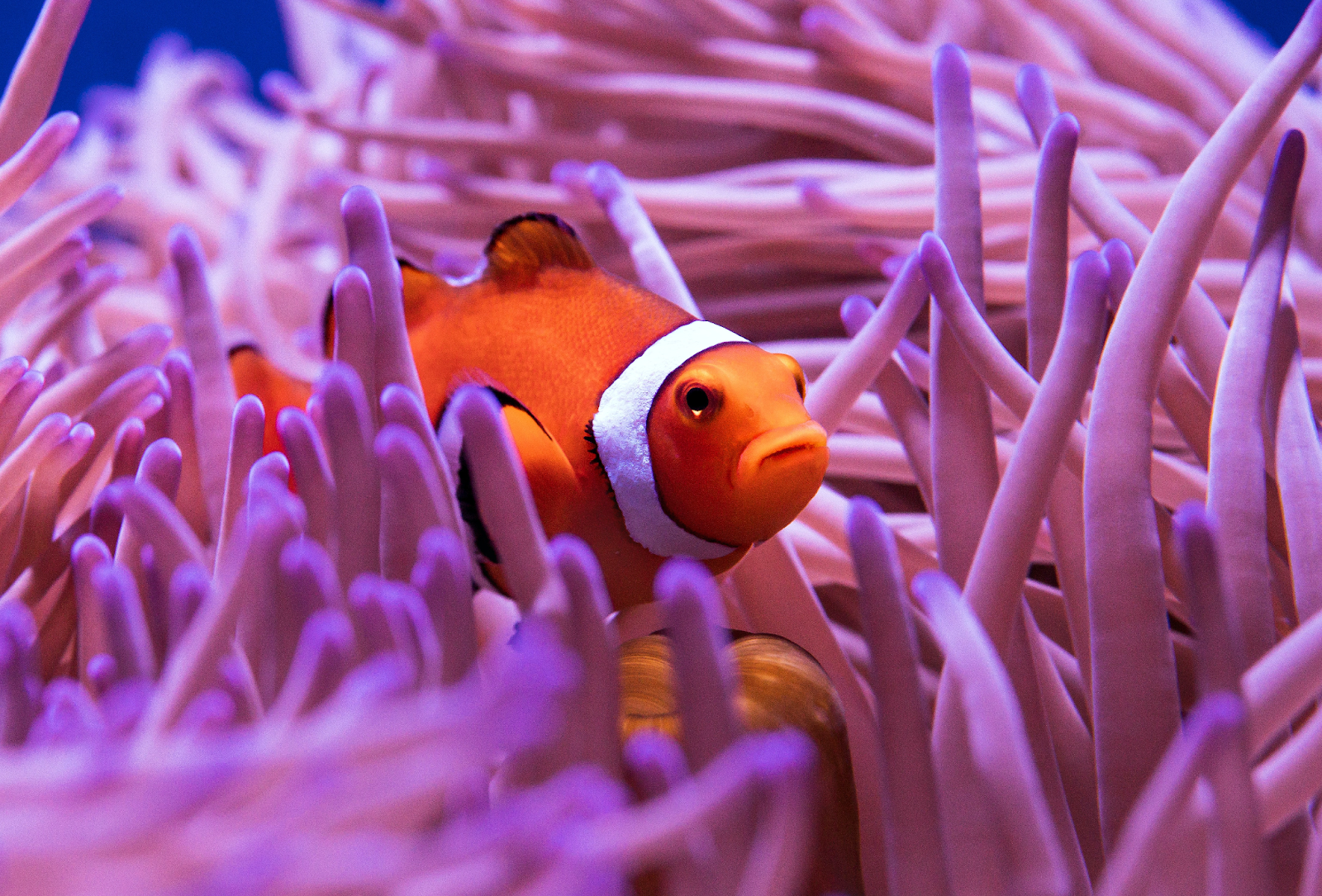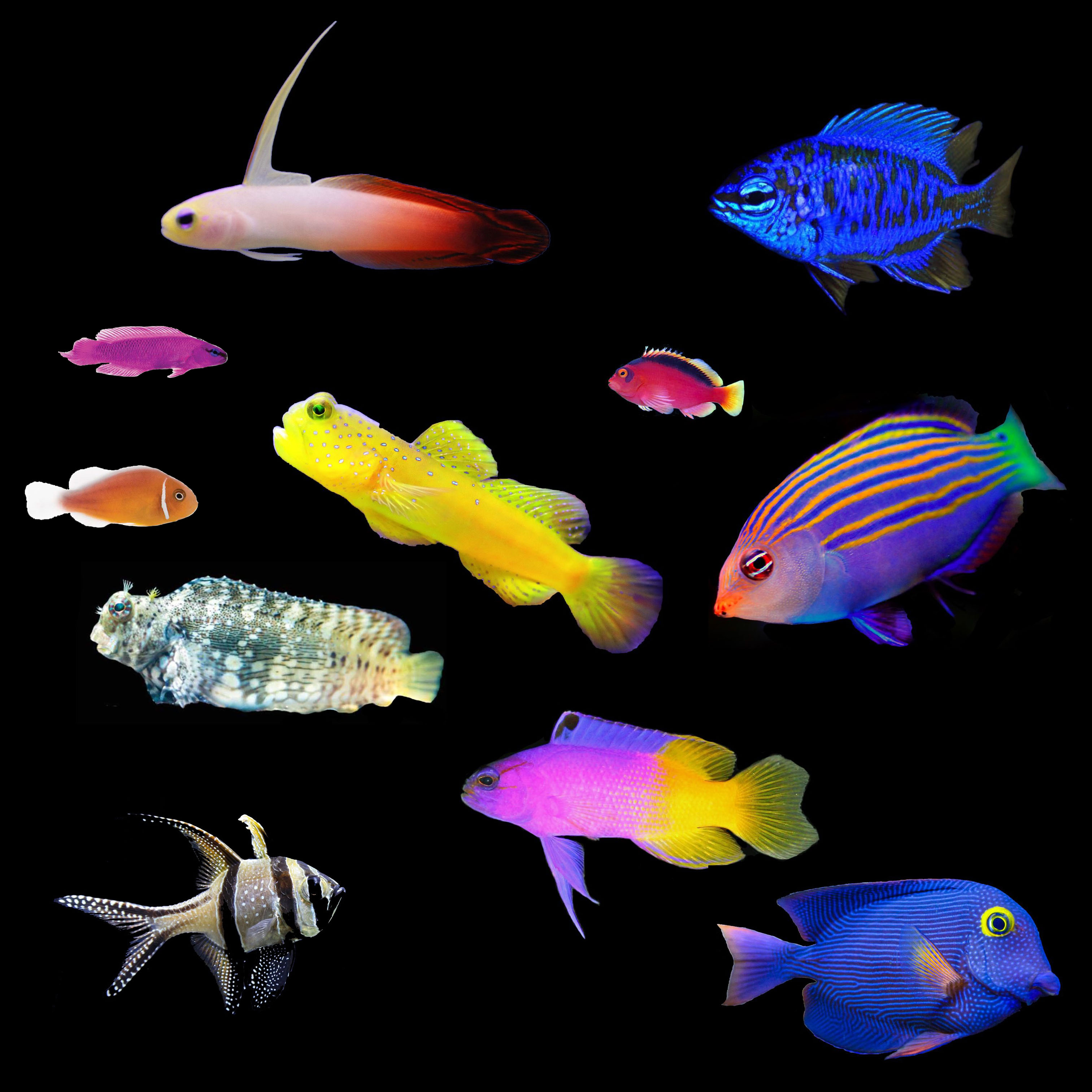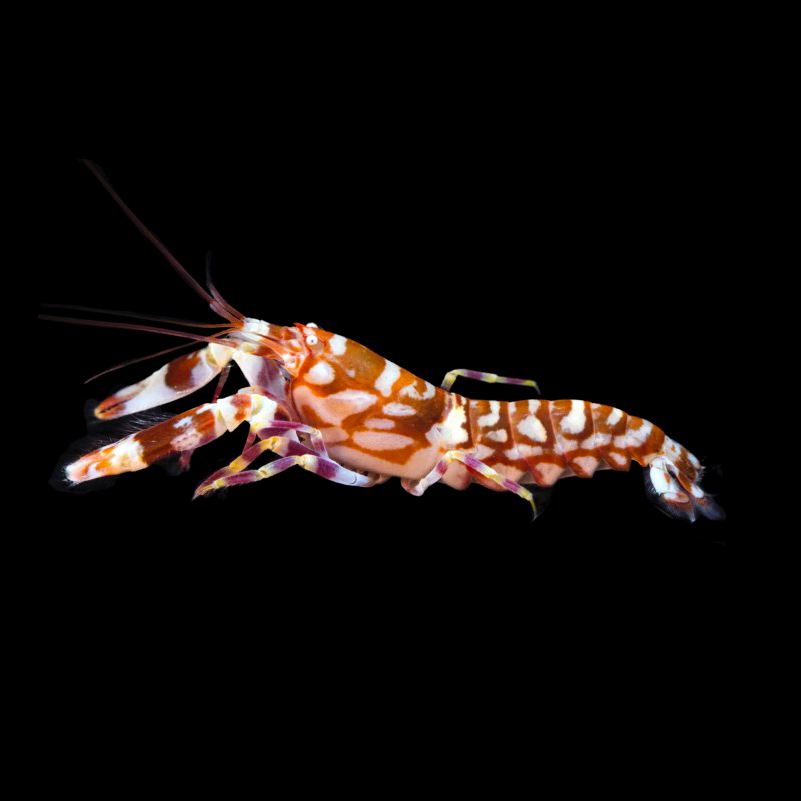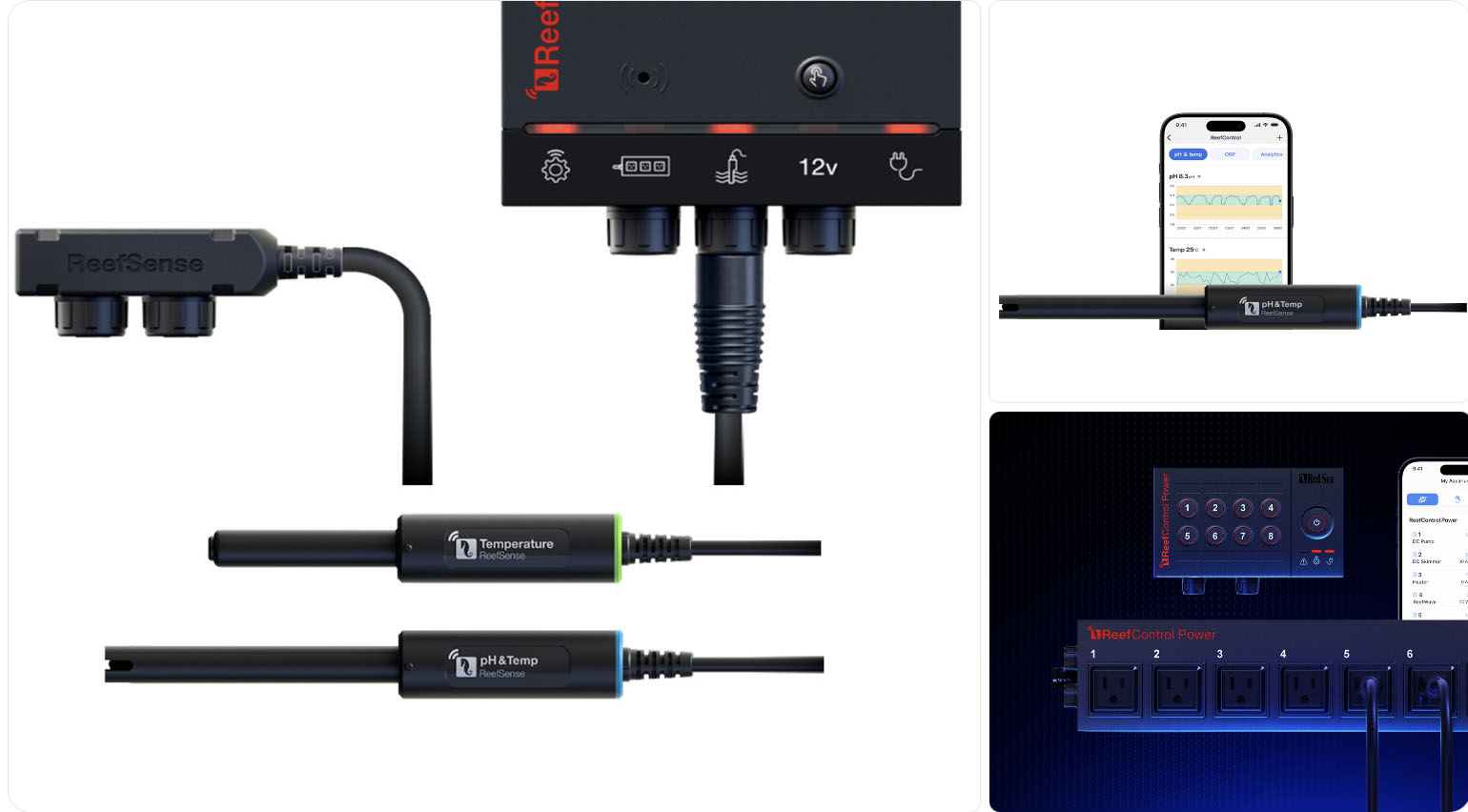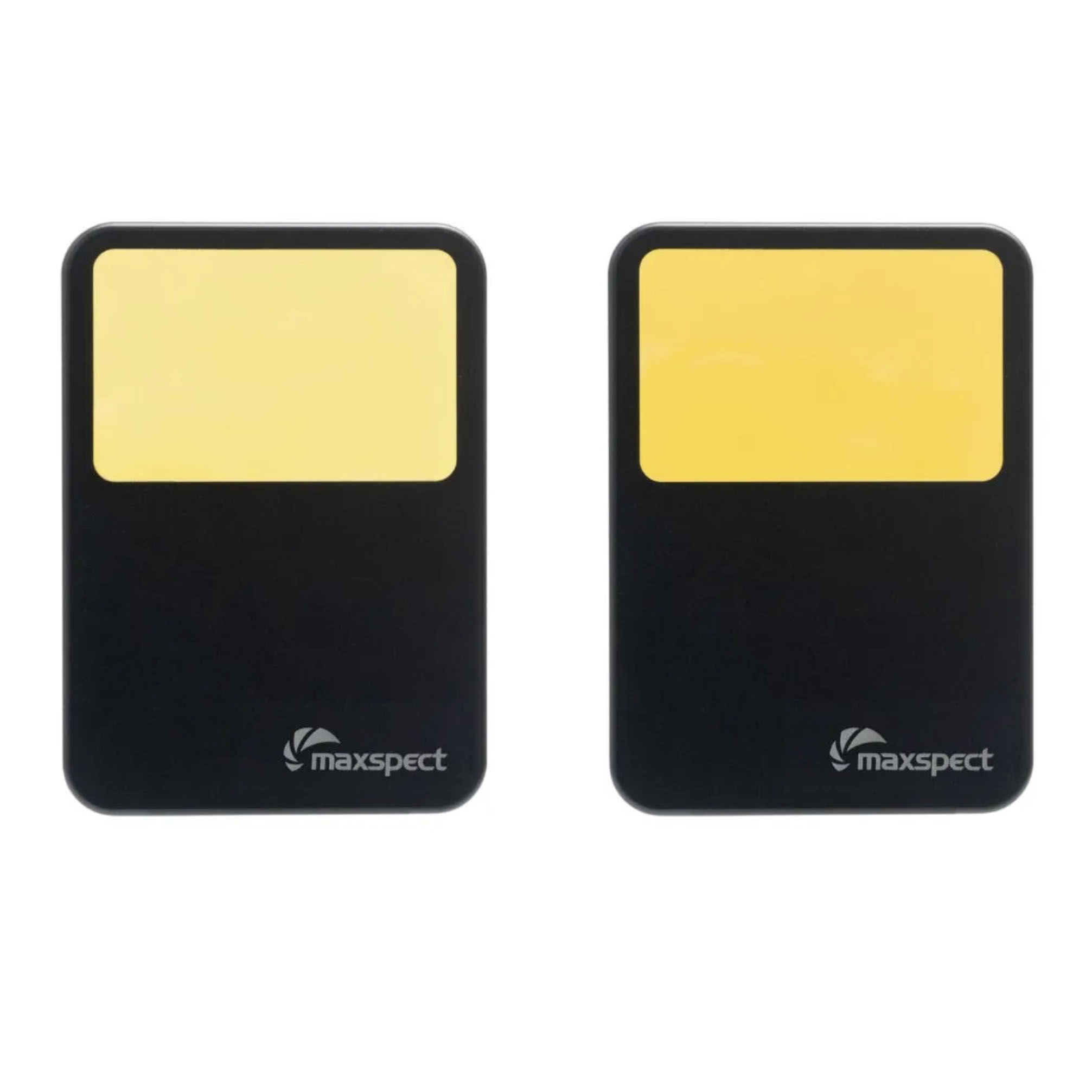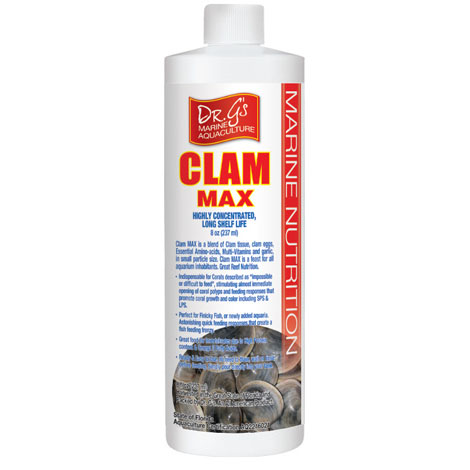We use cookies to make your experience better. To comply with the new e-Privacy directive, we need to ask for your consent to set the cookies. Learn more.
Are You Ready for the Achilles Tang (Acanthurus achilles)
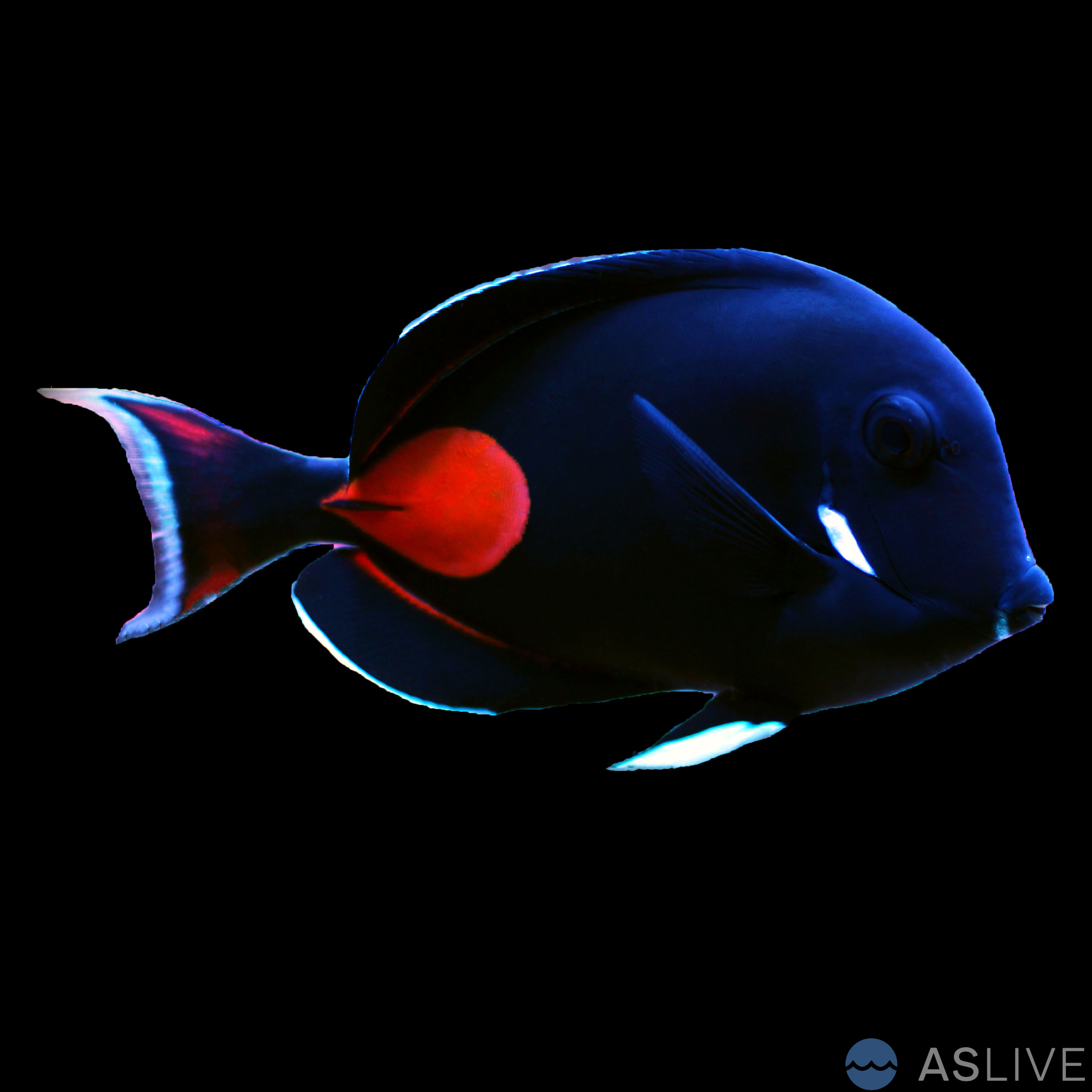
Overview: The Achilles Tang, Acanthurus achilles, is a visually striking marine fish known for its vivid coloration and dynamic behavior. This species is highly coveted by marine aquarists due to its aesthetic appeal and the challenge it presents in husbandry, making it a choice for experienced hobbyists.
Morphological Characteristics: The Achilles Tang features a deep, near-black body accentuated by a bright orange teardrop-shaped marking near the caudal fin and distinctive white highlights on the pectoral fins and caudal peduncle. The orange coloration extends to the base of the dorsal and anal fins, providing a stark contrast that enhances its visual allure.
Size and Longevity: Achilles Tangs can grow up to 10 inches (25 cm) in length. When provided with optimal care, they can live for over a decade in captivity, underscoring the importance of a long-term commitment to their well-being.
Habitat and Environmental Requirements: Originating from the reefs of the central Pacific Ocean, particularly around Hawaii, Achilles Tangs require a large and well-established marine aquarium, ideally no smaller than 180 gallons (680 liters). The tank should be furnished with abundant live rock to facilitate natural grazing behaviors and provide refuges. Maintaining stable water parameters, including temperature, pH, and salinity, is critical to mimic their natural habitat.
Dietary Needs: Primarily herbivorous, Achilles Tangs thrive on a diet rich in marine algae and seaweed. Their diet should be supplemented with high-quality vegetable-based flakes and pellets, and occasional feedings of meaty foods such as brine shrimp or mysis shrimp to ensure comprehensive nutritional intake.
Behavioral Ecology and Compatibility: Achilles Tangs are highly active and exhibit territorial behaviors, particularly towards other tang species. It is advisable to house them as the sole tang in an aquarium to minimize aggressive interactions. They can coexist with a variety of other marine species, provided the aquarium offers sufficient space and environmental complexity to accommodate their active lifestyle.
Care Complexity and Challenges: Achilles Tangs are classified as difficult or expert-only fish due to their specific care requirements and susceptibility to stress-related ailments. Key challenges include:
-
Water Quality Sensitivity: Achilles Tangs are highly sensitive to fluctuations in water quality. Pristine water conditions with consistent parameters are imperative to prevent stress-induced diseases such as Marine Ich (Cryptocaryon irritans) and Marine Velvet (Amyloodinium ocellatum).
-
Dietary Specificity: Ensuring a diet that mimics their natural grazing patterns is essential. Insufficient or inappropriate feeding can lead to nutritional deficiencies and compromised immune function.
-
Behavioral Management: Their territorial nature necessitates careful consideration of tank mates and habitat structure to prevent aggressive encounters and ensure their psychological well-being.
Quarantine and Disease Prevention: Given the Achilles Tang's susceptibility to disease, it is highly recommended to quarantine new specimens before introducing them to the main display tank. A quarantine period of 4-6 weeks allows for close observation and treatment of any potential health issues without risking the health of other tank inhabitants. During quarantine, using a UV sterilizer can be beneficial in reducing the spread of parasites, particularly Marine Ich (Cryptocaryon irritans), by killing free-floating parasites in the water column.
Scientific and Practical Considerations: From a scientific perspective, the Achilles Tang presents an intriguing case study in the adaptation of reef fish to captive environments. Their care requires an understanding of their diet requirements, particularly regarding nutrient cycling, stress physiology, and the importance of ecological mimicry in aquaria.
Conclusion: The Achilles Tang is not only a visually captivating species but also represents a pinnacle challenge in marine fish keeping. Its care demands advanced knowledge and meticulous attention to detail, making it suitable for expert aquarists who can meet its requirements. Successfully maintaining an Achilles Tang is a testament to an aquarist's skill and dedication, offering a rewarding experience for those up to the challenge. Implementing a quarantine protocol and using a UV sterilizer can further ensure the health and longevity of this magnificent species in your aquarium.




